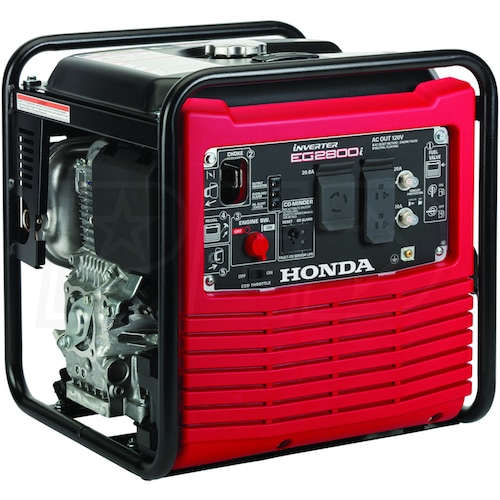Make sure you do a consumption test. Most important. At 17% efficiency you will get 5.7 KWW per hour. Do the math. People get 6KW units and find a 5 gal gas can doesn't go very far.
I have a family room with 400 gals of Propane. I usually use 300 to 350 gal per year. I have a 1800 wat gen and a Jackery 1 KWH storage cell with a solar collector. I have a swimming pool for water and a couple months food. I planned rforthe long run vs being able to live in my usual style for a few days.
I have a family room with 400 gals of Propane. I usually use 300 to 350 gal per year. I have a 1800 wat gen and a Jackery 1 KWH storage cell with a solar collector. I have a swimming pool for water and a couple months food. I planned rforthe long run vs being able to live in my usual style for a few days.

